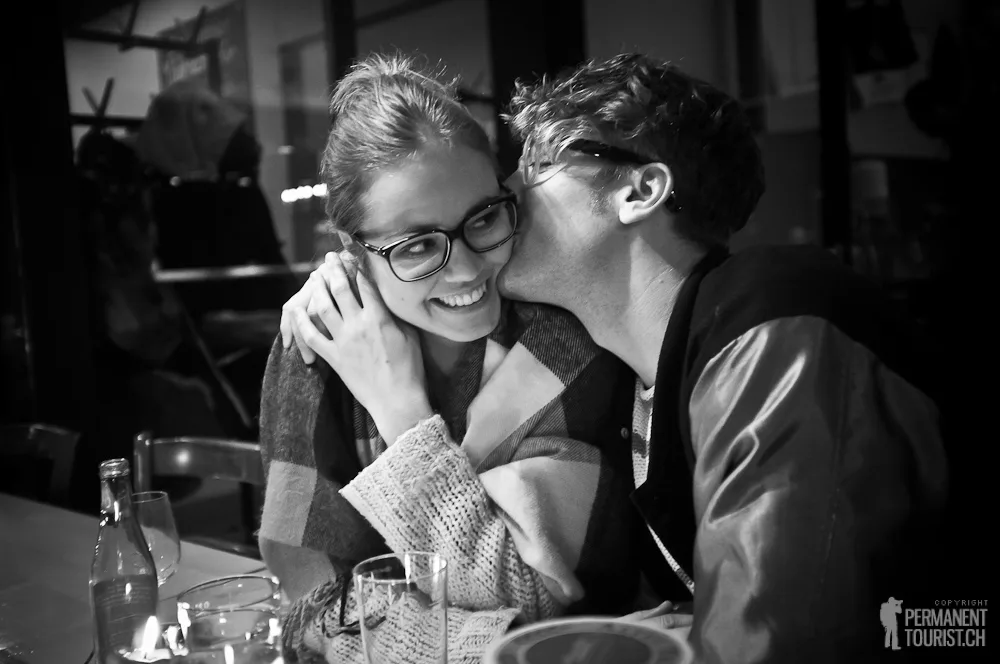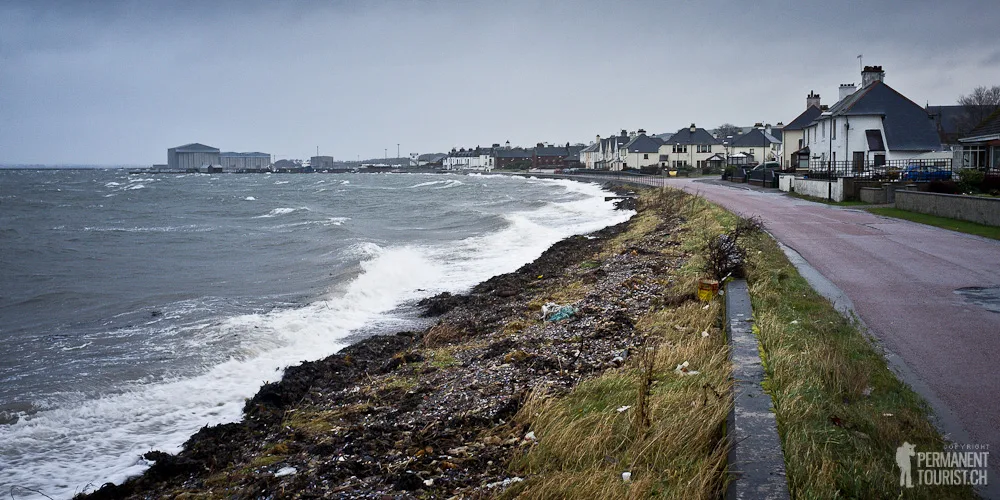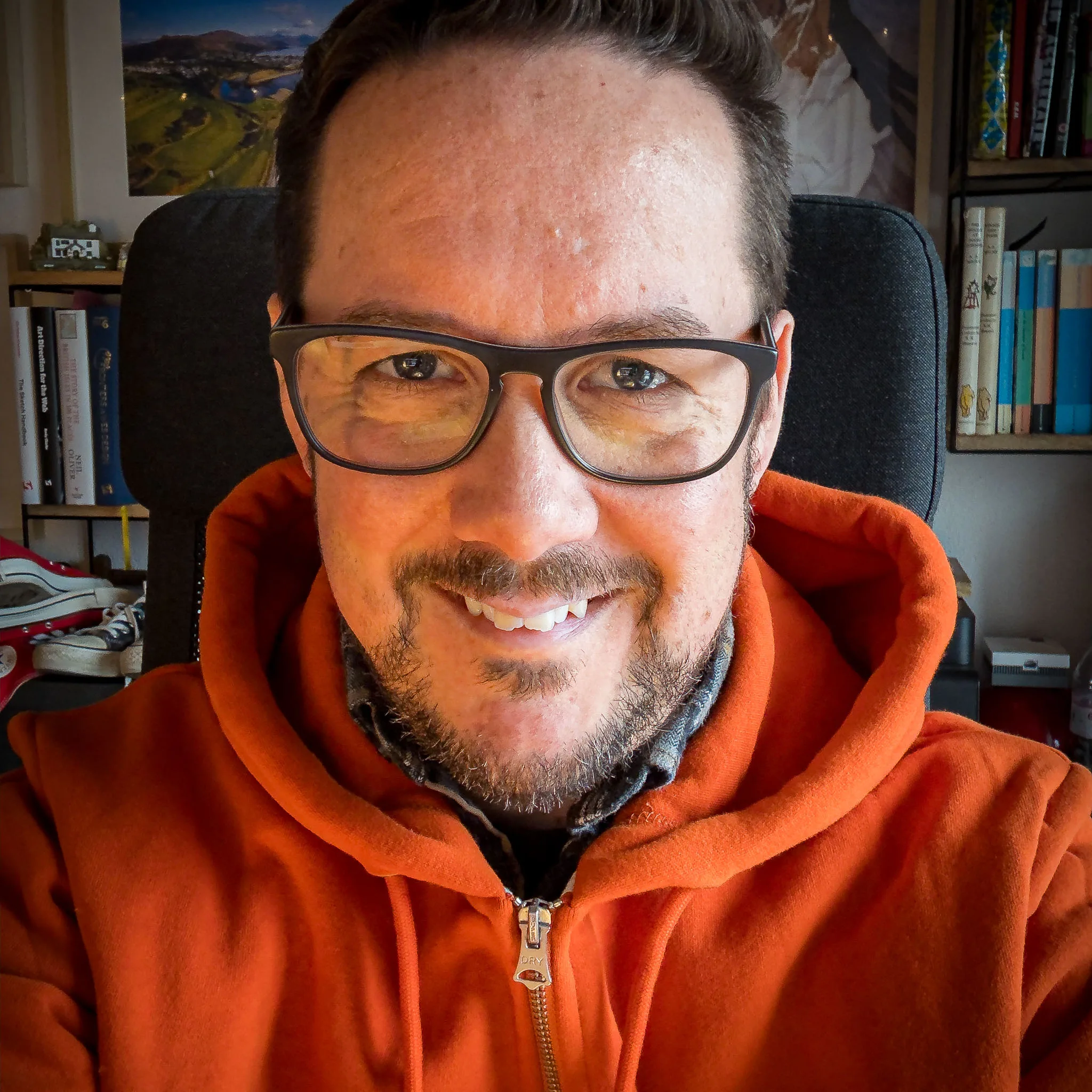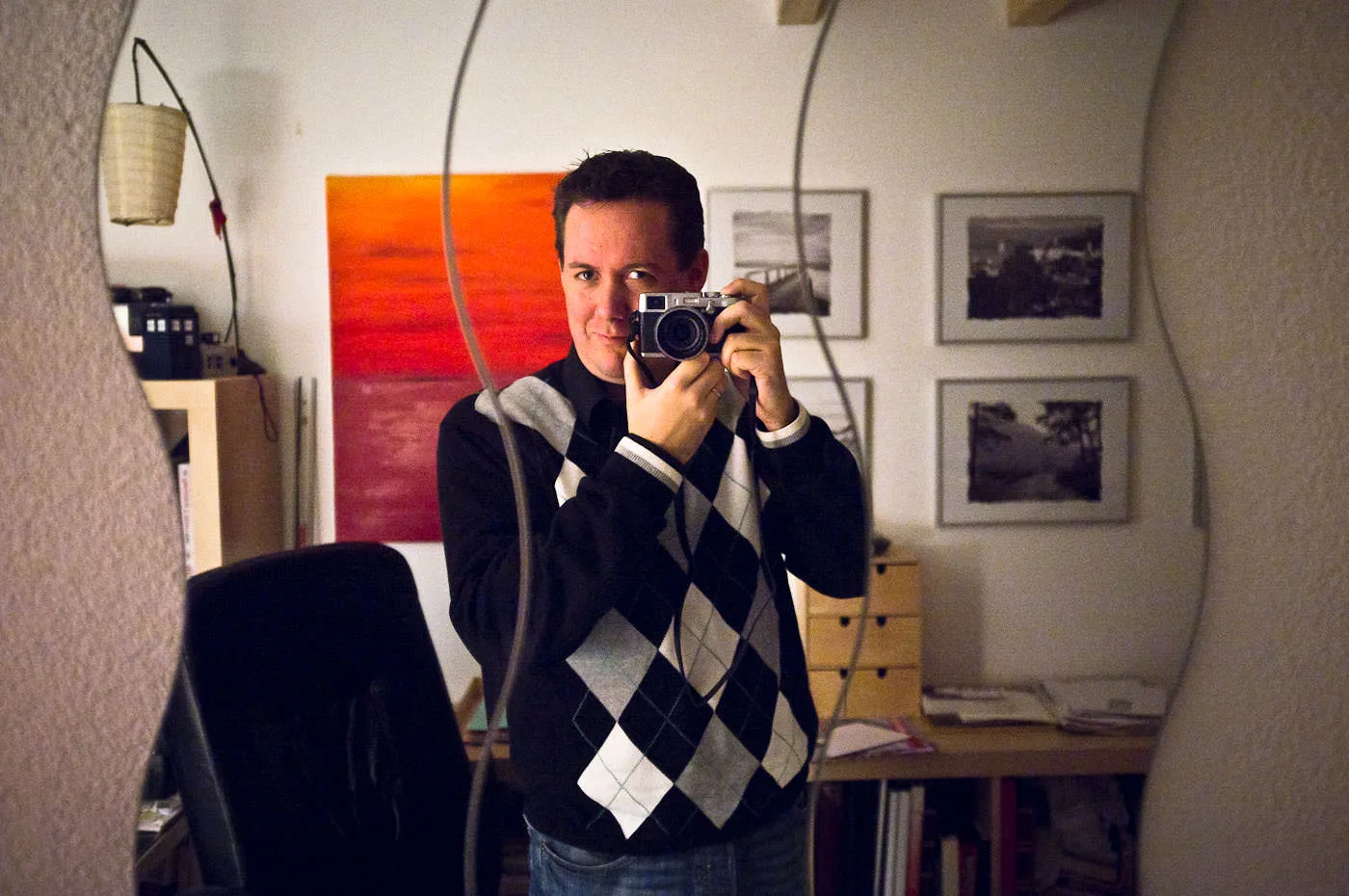Back at the end of 2010, I began a much-researched hunt for a new camera; the successor to the D80 which had served me well until then. As part of my research, I’d looked at small interchangeable lens cameras like the GF1 and Olympus PEN, but had decided against them due to the (for me) inadequate image quality. I also looked at the Fujifilm X100 at the time and although everything pointed towards it being an excellent camera, and well up to my standards, the combination of a moderately high price tag and fixed lens meant that I couldn’t consider purchasing it as a replacement for my “pro” camera.
I knew back at the end of 2010 that I wanted to photograph more weddings, so I chose the D7000. Since buying it, I’ve been extremely happy with the results, but the thought of a high quality “point and shoot” camera remained in the back of my mind. Having put money aside all year, I ended up with the opportunity to look at the X100 again before Christmas and I decided to add it to my camera bag. The X100 is a small, lightweight camera, whose styling harks back to the style of “rangefinder” which was so popular in the 1960s and 1970s. My Olympus 35 RC is one of my favourites amongst the collection of second-hand film cameras on my shelves at home, and I’ve long wanted a digital equivalent. Offerings from Leica are fantastic, but well out of my price range, so the Fujifilm camera provided me with exactly what I’m looking for.
My aim for this new camera is as an alternative to the Nikon; a small, discreet camera with a distinctive retro feel, harking back to the days of classic street photography. The camera cannot replace my Nikon due to the aforementioned fixed lens – equivalent to a 35mm slight wideangle on a full-frame camera – and so I can only use it in certain situations. These situations, though, are exactly the reason for which I bought the camera.

I love street photography: walking the pavements of cities and towns unobserved, taking photos of life happening and photographing coincidences of light, movement and people. Using a large SLR like the Nikon makes one more obtrusive than is conducive to good observational photography, whereas using a small, discreet camera – which to the untrained eye looks like a point-and-shoot camera – helps the photographer to become less noticeable to the unwitting subjects of the photograph. The same applies to events and social situations: get out an SLR with a big lens, and your subjects will certainly notice your presence and even shy away. However, use a smaller camera and the pressure or reticence they feel will be much less. Add the exteremely good high ISO performance of the X100 – combining a decent shutter speed and wide aperture to achive blur-free photographs using natural light – and the opportunity for higher quality photographs in less well-lit situations makes event photography and photography in social situations much better.

I often fall foul to the draw of equipment: setting up lighting equipment to take portraits is a particular passion of mine. Sometimes, though, a portrait session can be simple: a subject, a photographer and a camera. This is a style of photography I’ve wanted to get back to for a while now: certainly not abandoning my lit and heavily composed shots, but rather also having a lighter, easier alternative. As a test run of the camera’s capability and sharpness, I took some posed shots of a friend during a wander around Bern and was very impressed with the results; whilst a slight wide-angle lens isn’t the perfect tool for portraiture, stepping back a little to include some of the surroundings produces really excellent results. The only negative points of the X100 I’ve found so far relate to focusing: the autofocus tends to be a little slow, and the minimum depth of focus is limiting, as to capture anything within about 3 feet, one has to switch the camera into macro mode.

I also used the X100 in Scotland a fair amount, primarily to test it for landscape and travel photography: again, the lens sharpness and excellent sensor – appparently an up-to-date version of the 12 megapixel one used in Nikon SLRs – produced perfectly exposed, sharp and detailed results.

This quality and ease of use means that it’s much more feasible for me to leave the camera bag at home for short trips away and just rely on the X100. Whilst limiting in terms of angles of view, the possibilities for creative work are just as good; perhaps even better, as being forced to use one single 35mm view makes a photographer think much more about composition and other aspects of the image-making process. It’s all too easy to just swap a lens to get a more dramatic image, whereas the best results are more often achieved by concentrating on the subject and what makes a good photograph.
That’s my main creative goal through using the X100, and I’m looking forward to getting out and using it a lot more this year: in particular, when the weather is warm enough to more comfortably allow for street photography.


Leave a Reply